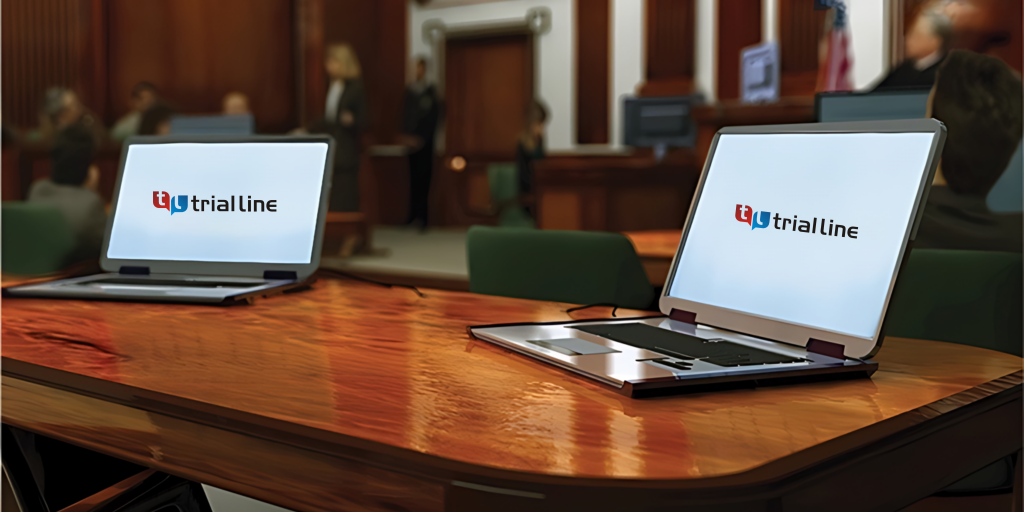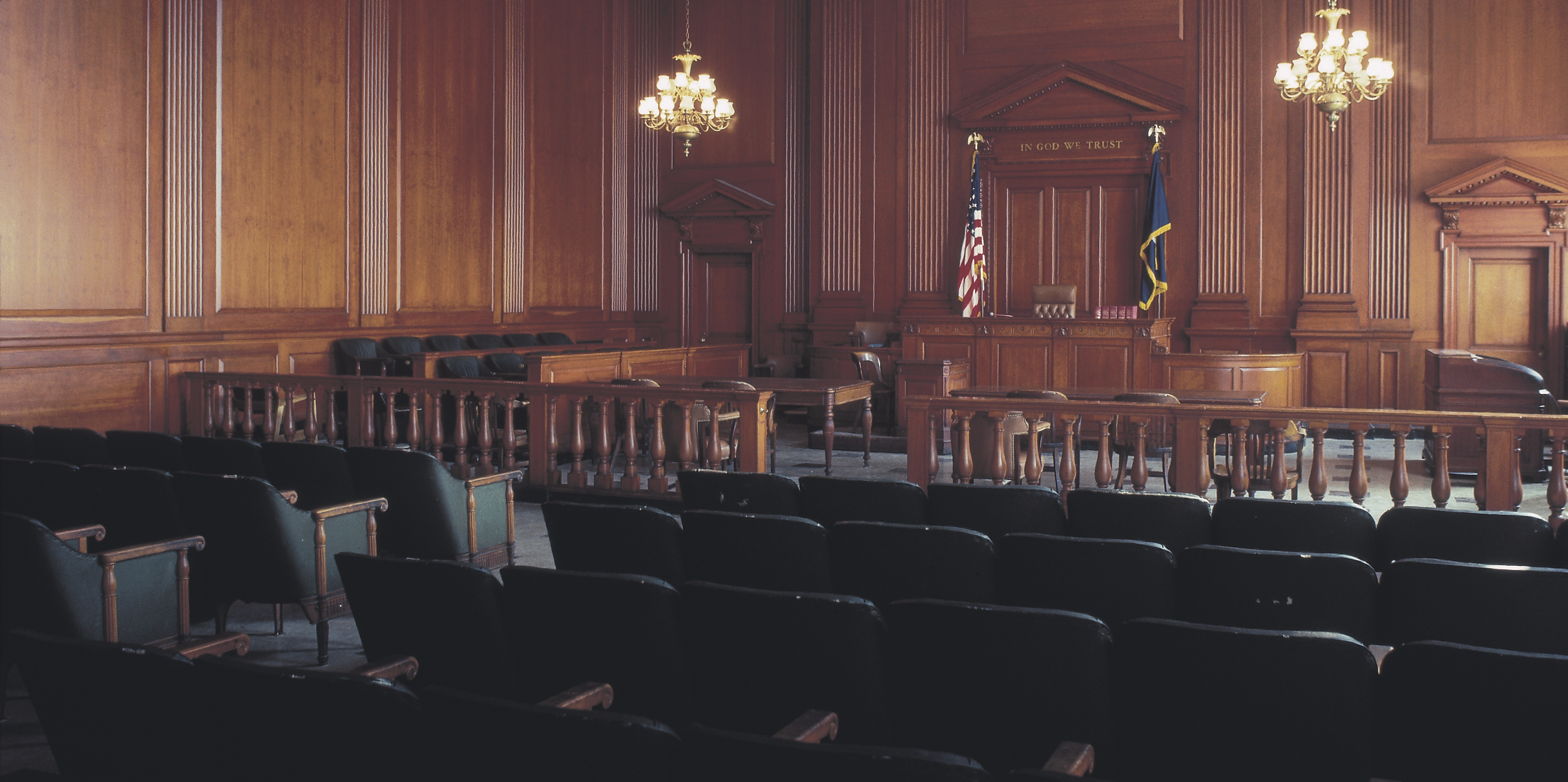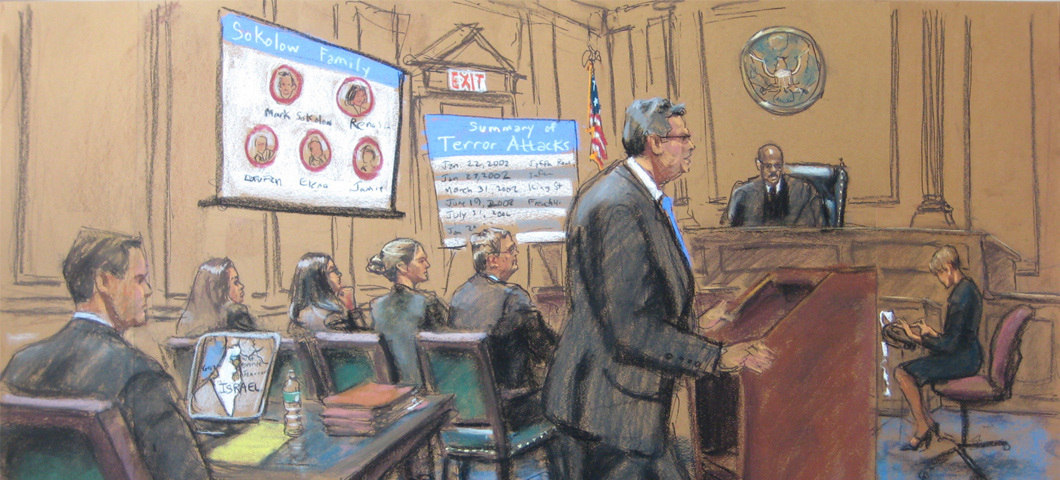Guarantee your evidence is clear with high-quality trial presentations to support your case.
How Trial Presentations Enhance Your Disagreement and Convince Jurors
Trial presentations work as a pivotal device for enhancing legal debates and encouraging jurors. By incorporating aesthetic help, narrative structures, and psychological interaction, lawyers can produce an engaging situation that reverberates on numerous levels. The tactical use visuals not only clarifies intricate information yet additionally records jurors' attention extra properly than words alone. However, the art of storytelling plays a similarly crucial duty in changing accurate proof right into a compelling narrative, shaping jurors' understandings - trial presentations. Comprehending these aspects can significantly affect test outcomes, increasing the inquiry of exactly how each component adds to this intricate dynamic.

Significance of Visual Aids
Visual help play a vital function in boosting the efficiency of test presentations, as they can considerably boost target market involvement and retention of info. In the context of a test, where jurors are tasked with processing facility information, visual help offer to simplify and clear up crucial factors. Charts, graphs, and pictures can convey data and concepts that may or else bewilder or confuse jurors, permitting a more uncomplicated understanding of the evidence provided.
Furthermore, aesthetic aids aid in keeping juror focus throughout the proceedings. By damaging the dullness of verbal testimony, these devices can stress vital debates, making them more unforgettable. Effective visual aids can also stimulate emotional feedbacks, which can be pivotal in persuading jurors to straighten with the presenter's story.

Crafting Compelling Narratives
A compelling narrative is essential in trial discussions, as it works as the foundation of reliable persuasion. It enables lawyers to weave together realities, proof, and emotional components right into a systematic story that resonates with jurors. This narrative structure enables jurors to recognize the complexities of the instance while guiding them with the attorney's disagreement.
To craft an engaging narrative, attorneys must concentrate on clarity and comprehensibility. Furthermore, the usage of brilliant summaries can produce psychological images that assist jurors imagine the events, making the story much more memorable.
Furthermore, incorporating vital styles throughout the presentation reinforces the core message and aids in retention - trial presentations. The narrative should not just share details but likewise stimulate a sense of justice, highlighting the stakes entailed. Ultimately, a sound story fosters a connection in between the jurors and the instance, placing the lawyer's disagreement as both qualified and compelling, thereby increasing the possibility of a desirable verdict

Involving the Jury Psychologically
Efficient court engagement pivots on the lawyer's capacity to link with jurors on an emotional level. This connection can significantly impact jurors' assumptions and their ultimate decision-making.
Visual aids, such as photos or video clips, can better enhance psychological engagement, giving jurors with vibrant depictions of the instance's human aspects. Crafting a story that highlights the struggles and triumphs of the individuals involved ensures that jurors see past the legal debates and acknowledge the human effects of their choices.
An attorney's enthusiastic distribution can resonate with jurors, strengthening their psychological investment in the situation. It's essential to stabilize psychological appeals with factual proof, ensuring that jurors feel urged to basics act while staying grounded in the truth.
Structuring Your Discussion

The body of the discussion need to be practically fractional into bottom lines, each sustained by compelling evidence. It is beneficial to utilize storytelling techniques to weave facts into a story that jurors can easily comply with. Visual aids, such as graphes and videos, can boost understanding and engagement, helping to highlight critical items of proof.
Real-World Case Studies
Checking out real-world situation research studies provides vital insights right into the art of test presentations and persuasion. The defense team efficiently utilized a technique that integrated top-level specialist testaments with multimedia discussions, which astounded jurors and inevitably influenced their choice.
Another significant instance is the "McDonald's Coffee Case," where the complainant's attorneys utilized visuals images of the injuries endured by Stella Liebeck. trial presentations. This stark aesthetic evidence played an essential role in communicating the extent of her burns, leading to a considerable jury award. Such cases show that impactful test discussions typically pivot on the efficient assimilation of visuals and storytelling to stimulate emotional reactions from jurors
In addition, the "Casey Anthony Trial" highlighted the relevance of narrative comprehensibility and integrity. The prosecution's failure to establish a compelling timeline diminished their influential power, underscoring the necessity of a well-structured discussion. Analyzing these cases exposes that successful test presentations require tactical preparation, psychological interaction, and the ability to reverberate with jurors' values and beliefs.
Final Thought
Test presentations significantly enhance arguments and persuade jurors via the strategic usage of visual aids, compelling narratives, and emotional interaction. By simplifying complex More about the author info and fostering connections with the audience, these elements produce an unforgettable and impactful experience. A well-structured discussion equilibriums sob stories with accurate proof, eventually resonating with jurors' values. The integration of these techniques not only affects decision-making but additionally underscores the importance of efficient communication in the courtroom.